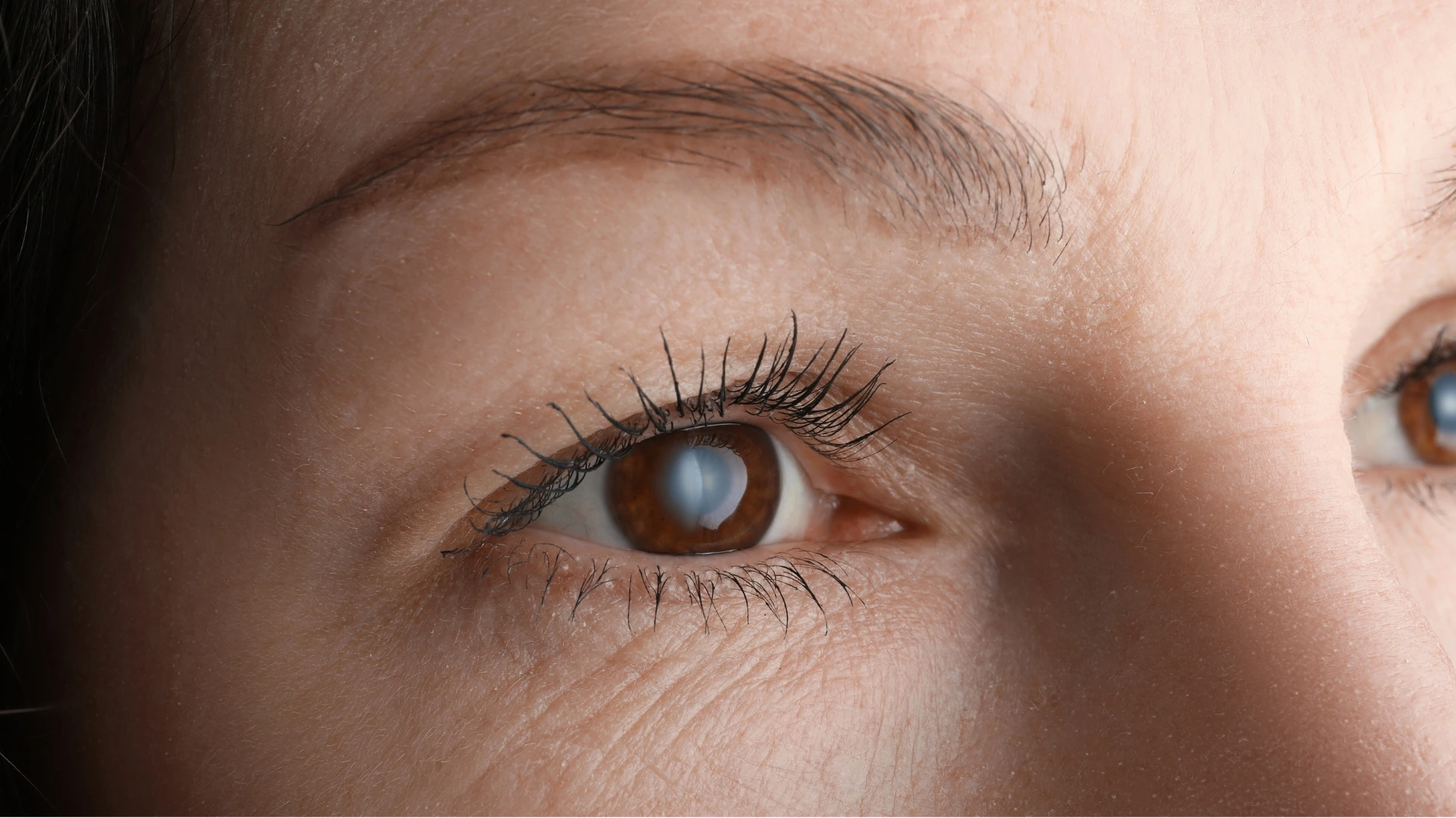Book Appointment Now

Glaucoma: What You Need to Know to Protect Your Vision
- On
- InMarine
What is Glaucoma?
Glaucoma is a group of eye diseases that damage the optic nerve, which is essential for good vision. This damage is often caused by high pressure in the eye, but it can also occur even when eye pressure is normal. Without proper treatment, glaucoma can lead to permanent vision loss or blindness.
It is estimated that over 76 million people worldwide are living with glaucoma, and this number is projected to rise. Many cases remain undiagnosed, as symptoms often develop slowly. Therefore, understanding the disease and recognizing its signs are critical for preventing irreversible vision loss.
Types of Glaucoma
There are several types of glaucoma, but the two most common are:
- Primary Open-Angle Glaucoma (POAG)
- The most common form of glaucoma.
- Occurs when the eye’s drainage system becomes inefficient, leading to gradual pressure buildup.
- Often has no noticeable symptoms in its early stages, making regular check-ups essential.
- Angle-Closure Glaucoma
- Occurs when the iris blocks the eye’s drainage angle.
- Can develop suddenly and is considered a medical emergency.
- Symptoms may include severe eye pain, blurred vision, headaches, and nausea.
Other less common forms include:
- Normal-Tension Glaucoma: Even with normal eye pressure, optic nerve damage occurs.
- Congenital Glaucoma: Present at birth due to improper eye development.
- Secondary Glaucoma: Results from other eye conditions, injuries, or medications.
Symptoms of Glaucoma
Glaucoma is often referred to as the “silent thief of sight” because it can progress without symptoms. However, as it advances, people may experience:
- Gradual loss of peripheral (side) vision
- Blurred or hazy vision
- Eye pain or pressure
- Seeing halos around lights
- Sudden vision loss (in severe cases)
If you experience any of these symptoms, it is crucial to seek immediate medical attention.
Causes and Risk Factors
While the exact cause of glaucoma remains unknown, increased eye pressure is a significant risk factor. Factors that may elevate the risk of developing glaucoma include:
- Age: Individuals over 60 years are at higher risk.
- Family History: A genetic predisposition can increase the likelihood of developing the disease.
- Medical Conditions: Diabetes, hypertension, and heart disease can contribute to glaucoma.
- Eye Injuries: Previous trauma or surgery can lead to secondary glaucoma.
- Corticosteroid Use: Long-term use of steroid medications can raise eye pressure.
How is Glaucoma Diagnosed?
Early detection is key to preventing vision loss. Regular eye check-ups allow eye doctors to detect glaucoma before symptoms arise. A comprehensive eye exam may include:
- Tonometry: Measures eye pressure using a small device.
- Ophthalmoscopy: Examines the optic nerve for signs of damage.
- Perimetry: Evaluates your peripheral vision.
- Pachymetry: Measures the thickness of your cornea, which may affect eye pressure readings.
- Gonioscopy: Inspects the drainage angle of your eye to determine if it is open or closed.
Doctors recommend that individuals over 40 have an eye examination every one to two years, especially if they have risk factors for glaucoma.
Treatment Options
While glaucoma damage cannot be reversed, treatments can help manage the disease and prevent further vision loss. Options include:
- Medications: Prescription eye drops or oral medications reduce eye pressure by improving drainage or decreasing fluid production.
- Laser Therapy: Procedures like trabeculoplasty or iridotomy can help open the drainage angle or relieve eye pressure.
- Surgery: In severe cases, procedures such as trabeculectomy create a new drainage channel for fluid to escape, reducing pressure.
Lifestyle and Preventive Measures
While treatment is essential, adopting certain lifestyle changes can support overall eye health and potentially slow disease progression:
- Exercise Regularly: Moderate exercise like walking or swimming can help lower eye pressure.
- Eat a Healthy Diet: Nutrient-rich foods like leafy greens, fish high in omega-3 fatty acids, and nuts support eye health.
- Manage Medical Conditions: Controlling diabetes, hypertension, and other health conditions can reduce glaucoma risk.
- Avoid Smoking and Limit Alcohol: Both can increase eye pressure and damage the optic nerve.
The Importance of Regular Consultations
Routine eye consultations are vital, especially for individuals at higher risk of developing glaucoma. Whether it’s a simple check-up appointment, a consultation meeting, or a public consultation event offering free screenings, taking advantage of these opportunities can save your vision.
You can choose between in-person visits or the convenience of online consultations. Many platforms offer the opportunity to ask a doctor online for initial advice, making it easier to monitor your eye health. Regular daily consultations with your healthcare provider, particularly if you are managing other medical conditions, are also essential.

Taking the Next Step
If you’re concerned about your eye health or due for a routine check, Ship to Shore Medical Assist (SSMA) can help. As a post-PEME clinic dedicated to seafarers, SSMA connects you with trusted healthcare providers for timely and personalized eye care. From in-clinic checkups to online consultations, SSMA ensures you receive continued care beyond pre-employment requirements.
Protect your vision. Schedule your consultation today.
